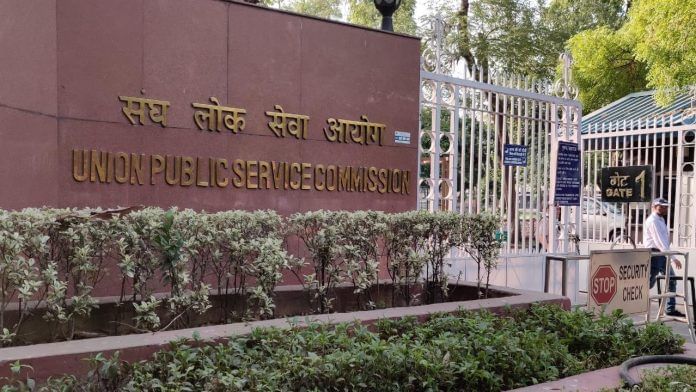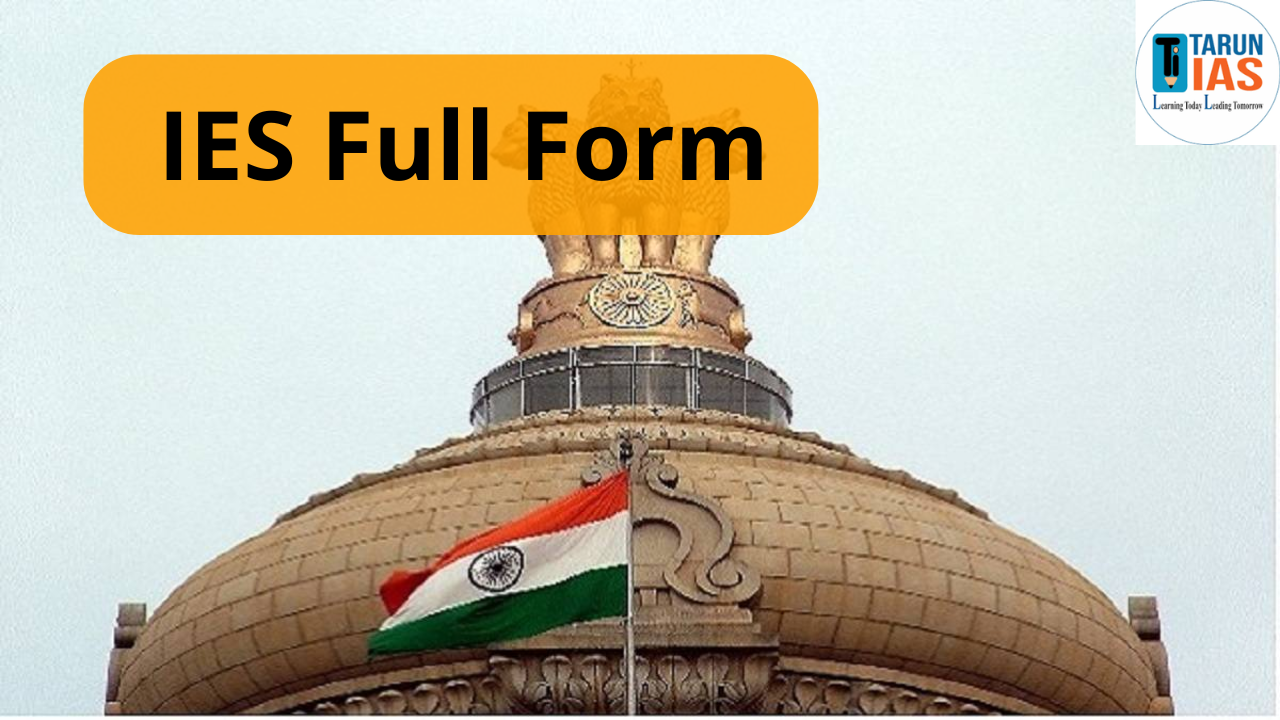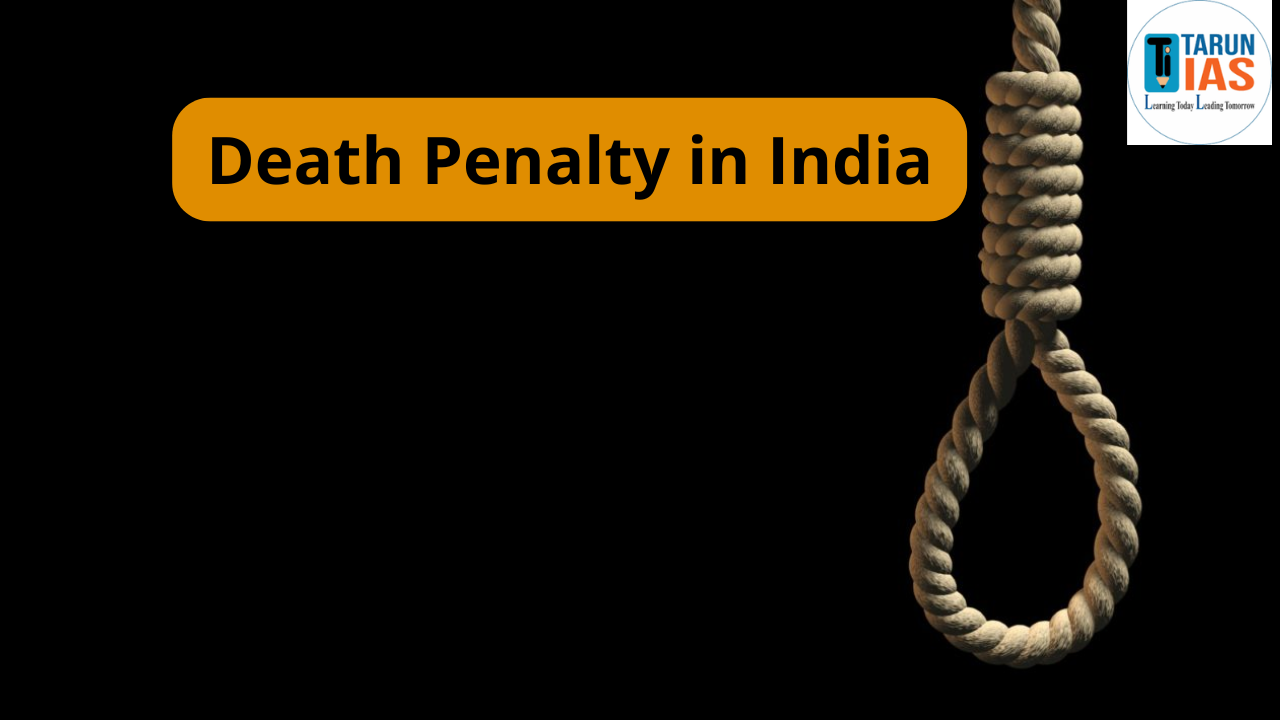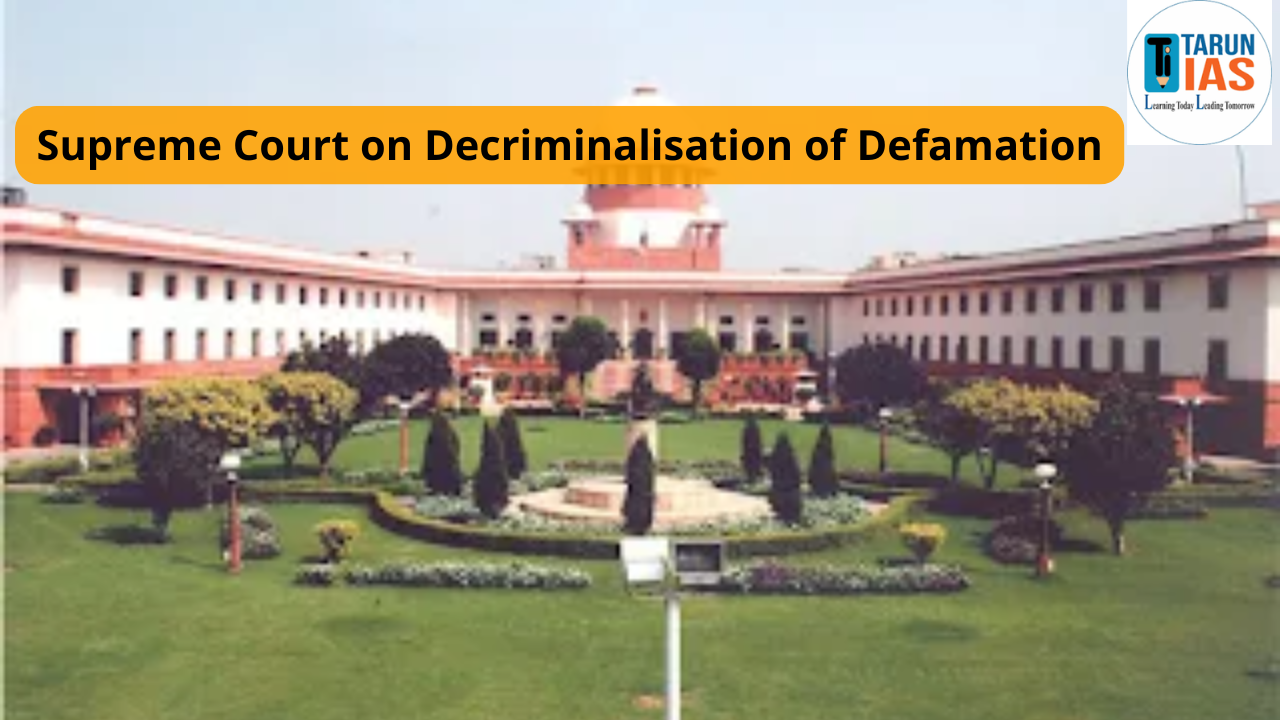IES Full Form is Indian Engineering Services. Conducted annually by the Union Public Service Commission (UPSC), the IES exam recruits skilled engineers for prestigious government departments such as railways, power, defense, central engineering services, and public works.

IES Full Form
IES Full Form is Indian Engineering Services. It is a prestigious exam conducted by the Union Public Service Commission (UPSC) to recruit engineers for top government departments like railways, power, defense, public works, and more. IES offers a respected career with opportunities to contribute to India’s infrastructure and development.
IES Full Form in Engineering
IES Full Form simply refers to Indian Engineering Services, In engineering. It is the gateway for engineers to enter high-level government service. Engineers from branches like Civil, Mechanical, Electrical, and Electronics & Telecommunication are eligible to apply.
The exam is tough because the vacancies are limited, and the competition is high. However, cracking it is a matter of pride, as IES officers enjoy great respect, job security, and a strong career path.
What is IES?
IES is a competitive exam and a career path for engineers who want to join the government in technical roles. It is also called the Engineering Services Examination (ESE).
UPSC organizes the IES exam in three stages:
- Preliminary Exam
- Main Exam
- Personality Test (Interview)
The officers selected through this exam handle technical and managerial responsibilities in government departments. Unlike private-sector jobs, IES officers are directly involved in planning, designing, and executing large-scale public projects like highways, dams, power plants, defense systems, and rail networks.
IES Full Form Background
IES has evolved over the years to become one of the most prestigious career paths for engineers in India. From its colonial-era beginnings to the present-day UPSC recruitment system, its journey reflects the nation’s growing focus on infrastructure and development.
- 1854 – The British East India Company introduced a merit-based civil services system through open competitive exams in London.
- 1880s – Technical services for railways, irrigation, and public works began under the colonial government.
- 1924 – The Lee Commission recommended a structured recruitment system for both administrative and technical services.
- 1947 – After independence, the Government of India restructured technical services to meet national development needs.
- 1951 – The Union Public Service Commission (UPSC) started conducting engineering service exams for various government departments.
- 1974 – The exam was formally named Indian Engineering Services (IES), covering four main engineering branches: Civil, Mechanical, Electrical, and Electronics & Telecommunication.
- Present Day – IES continues as a prestigious UPSC exam, selecting top engineers for key roles in national projects and infrastructure development.
IES Full Form Exam Overview
After understanding the rich history of the Indian Engineering Services, it is important to know how the IES exam works today. Let’s explore its structure, eligibility, and key details that guide aspiring engineers toward this prestigious career.
| Particular | Details |
| Exam Name | IES / ESE |
| IES Full Form | Indian Engineering Services |
| Conducting Body | UPSC (Union Public Service Commission) |
| Eligibility |
|
| Age Limit | 21 to 30 years (Relaxation for reserved categories) |
| Stages |
|
| Frequency | Once a year |
| Application Fee | ₹200 (General/OBC), No fee for SC/ST/PwD |
| Mode of Exam | Offline (pen-paper mode) |
| Total Papers in IES Exam |
|
| Total Marks |
|
| Branches Eligible | Civil, Mechanical, Electrical, Electronics & Telecommunication Engineering |
IES Full Form Eligibility Criteria
It is important to know whether we are eligible to apply. The eligibility criteria clearly state the specific conditions that candidates must fulfill. To appear for the IES exam, candidates must meet certain requirements:
Educational Qualification
- A degree in engineering from a recognized university, OR
- Equivalent qualification such as AMIE (Associate Membership of Institution of Engineers).
- Final year engineering students can also apply.
Age Limit
- Minimum: 21 years
- Maximum: 30 years
- Age relaxation is provided for SC/ST/OBC and certain other categories.
Nationality
- Must be an Indian citizen, or
- A subject of Nepal/Bhutan, or
- A Tibetan refugee who came to India before 1 January 1962 with the intention to settle permanently.
Also read – How To Become An IAS Officer After 12th
IES Full Form Job Profile and Work Nature
IES officers work in technical and managerial roles. Their work depends on their engineering branch and department. For example:
- Civil Engineers in the IES are responsible for designing, constructing, and maintaining infrastructure projects such as roads, railways, irrigation systems, bridges, dams, and urban development plans.
- Mechanical Engineers work on the design, production, installation, and maintenance of machinery and equipment used in sectors like defense, railways, power plants, and manufacturing industries.
- Electrical Engineers manage the generation, transmission, and distribution of electricity, ensuring the smooth functioning of power systems, control systems, and electrical networks across the country.
- Electronics Engineers handle the development, installation, and maintenance of electronic systems used in telecommunications, defense communications, navigation, and railway signal systems.
IES Full Form Responsibilities
IES officers also play a vital role in policy formulation, infrastructure development, and ensuring that engineering projects contribute effectively to the nation’s growth.
- Planning and supervising engineering projects means preparing detailed project plans, setting timelines, deciding technical approaches, and overseeing the work to ensure everything is carried out as per the design and safety standards.
- Ensuring timely completion within budget involves monitoring the project’s progress, controlling expenses, and making sure that the work is finished on schedule without exceeding the approved financial limits.
- Managing technical staff and resources means guiding engineers, technicians, and other team members, as well as efficiently using available equipment, materials, and funds to achieve the desired project goals.
- Coordinating with other government agencies requires working closely with various departments, ministries, and public bodies to ensure smooth execution of projects and compliance with all necessary regulations.
IES Full Form Career Growth
An IES officer’s career has clear promotion stages. With experience and good performance, one can reach top positions in their department.
| Service Years | Position |
| 0–4 Years | Assistant Executive Engineer / Assistant Director |
| 4–13 Years | Executive Engineer / Director |
| 13–20 Years | Joint General Manager / Chief Engineer (Level 2) |
| 20–30 Years | Chief Engineer / Additional General Manager |
| 30–34 Years | Senior General Manager |
| 34+ Years | Managing Director / Chairperson |
IES Full Form Major Departments Work
Civil Engineering:
- Indian Railway Service of Engineers
- Central Engineering Service
- Border Roads Engineering Service
- Indian Defense Service of Engineers
- Central Water Engineering
Mechanical Engineering:
- Indian Railway Service of Mechanical Engineers
- Central Power Engineering Service
- Indian Ordnance Factories Service
- Indian Naval Armament Service
Electrical Engineering:
- Indian Railway Service of Electrical Engineers
- Central Electrical and Mechanical Engineering Service
- Indian Defence Service of Engineers
Electronics & Communication:
- Indian Railway Service of Signal Engineers
- Indian Telecommunication Service
- Indian Naval Armament Service
IES Full Form Salary
After the 7th Pay Commission, the starting salary of an IES officer is around ₹55,135 per month (including basic pay and allowances).
Pay Scale and Grade Pay:
It is equally important to know the salary structure offered to IES officers. The pay scale and grade pay reflect the financial benefits and career growth in this prestigious service.
| Position | Pay Scale | Grade Pay |
| Junior Level | ₹15,600–39,100 | ₹5,400 |
| Senior Scale | ₹15,600–39,100 | ₹6,600 |
| Junior Administrative Grade | ₹15,600–39,100 | ₹7,600 |
| Selection Grade | ₹37,400–67,000 | ₹8,700 |
| Super Time Grade | ₹37,400–67,000 | ₹8,700 |
| Top Positions | ₹90,000 (fixed) | – |
Also – IAS salary
IES Full Form Allowances
After understanding that IES stands for Indian Engineering Services, it’s important to know the additional benefits that come with the role. Apart from the basic salary, IES officers receive a wide range of allowances and perks, such as:
- CGHS Medical Facility: Comprehensive healthcare services under the Central Government Health Scheme, ensuring the officer’s and their family’s well-being.
- Gratuity: A lump-sum payment offered by the government as a token of gratitude upon retirement or completion of service.
- Leave Encashment: The option to convert unused leave days into monetary compensation.
- House Rent Allowance (HRA): Financial support for accommodation when government housing is not provided.
- Domestic Assistance: Provision of peons, domestic help, and drivers to assist with daily tasks and official duties.
- Travel Allowance: Monetary support to cover expenses incurred during official travel.
- Official Vehicle: Government-provided vehicle for official use.
- Provident Fund: A retirement savings scheme with contributions from both the officer and the government.
Difference Between IES and IAS
Although both IES and IAS exams are conducted by UPSC, their nature of work is different.
| Aspect | IES (Indian Engineering Services) | IAS (Indian Administrative Services) |
| Field | Technical & Engineering | Administration & Policy |
| Eligibility | Engineering graduates only | Any graduate |
| Work Nature | Infrastructure, projects, technical planning | Law, order, governance, policy |
| Public Interaction | Limited | High |
| Posting Areas | Technical departments | Administrative offices, districts |
| Focus | Design, execution, and maintenance | Policy making, governance |
Conclusion
IES full form is Indian Engineering Services, and it is among the most prestigious career choices for engineers in India. Qualifying for this exam leads to high-ranking technical positions in various government departments. More than just a job, it offers the opportunity to contribute to the nation’s development through engineering expertise.
IES full form FAQs
What is the full form of IES?
IES full form is Indian Engineering Services. It is a competitive exam conducted by UPSC to recruit engineers for technical posts in the Government of India.
What is the salary of an IES officer?
An IES officer’s salary ranges from ₹56,100 per month (basic pay) plus allowances, which can go up to ₹1 lakh per month depending on rank and experience.
How can I become an IES officer?
To become an IES officer, you must clear the UPSC Engineering Services Examination (ESE) after completing an engineering degree in eligible disciplines.
Is IES and ESE the same?
Yes, IES and ESE are the same. The official name is Engineering Services Examination (ESE), but it is popularly called IES.
Who can apply for the IES exam?
Engineering graduates in Civil, Mechanical, Electrical, or Electronics & Telecommunication can apply, meeting age and nationality criteria.















